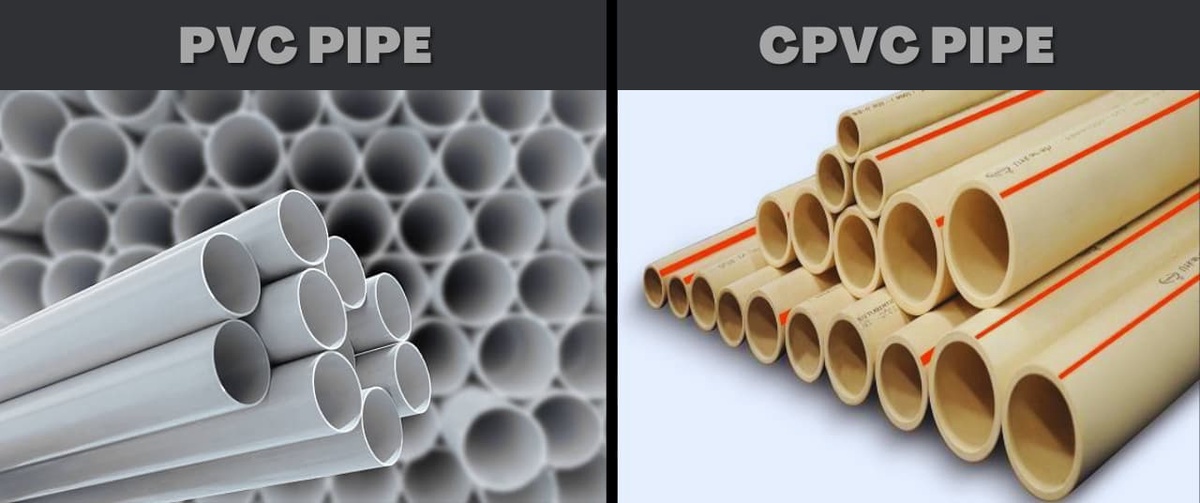CPVC can handle temperatures up to 200° Fahrenheit, while PVC peaks at 140° Fahrenheit. The difference in heat and pressure resistance stems from the molecular makeup of each material.
PVC And CPVC Similarities
CPVC and PVC are quieter, easier to install, and less expensive than copper and iron pipes, especially in plumbing applications. Because they are thermoplastics, they have inherent insulation that reduces condensation formation on the pipes and maintains both cold and hot water temperatures better than copper pipes.
They are available in the same lengths, with the same end shape options. Because their chemical composition contains a halogen, chlorine, their structure is stable and innately fire retardant. This stability also inhibits oxidation reactions, resulting in giving both PVC and CPVC a long, useful performance life. Each material can often be identified by pipe color and, if not, by reading the manufacturer's printing on the pipe's side.
Also Read: hdpe drainage pipe installation
PVC vs CPVC
PVC pipe is the white plastic pipe commonly used for plumbing and drainage. PVC stands for polyvinyl chloride, and it’s become a common replacement for metal piping. PVC’s strength, durability, easy installation, and low cost have made it one of the most widely used plastics in the world. PVC is a thermoplastic material that is molded into different shapes to create pipes, fittings, valves, and other liquid handling supplies.
CPVC is altered by a free radical chlorination reaction that effectively increases the chlorine content of the material. CPVC is also a thermoplastic that is molded into many of the same products as PVC.
Also Read: ldpe pipe sizes
Other Differences Between PVC & CPVC:
The copper tube sizing system is an entirely different sizing system from Nominal Pipe Size, and as the name implies, it is the same system used for copper tube pipe
Lifespan
The lifespan of PVC pipes purely depends on the quality of raw materials and the percentage of fillers used in the pipes. Whereas the life of a CPVC pipe is almost 50 years, depending on the pipe quality, with an additional safety factor of 105 times.
Jointing Systems
PVC pipes use a direct solvent or threaded joining system. UPVC pipes use both solvents well as threaded joining systems. Moreover, the CPVC pipe solvent cement is manufactured by pipe manufacturers.
Temperature
PVC pipes are suitable for temperatures below 50 degrees Celsius and can be used only in cold water applications. CPVC pipes can withstand high temperatures up to 92 degrees Celsius, making them compatible with hot and cold water.
Also Read: cost to replace cast iron pipes


No comments yet